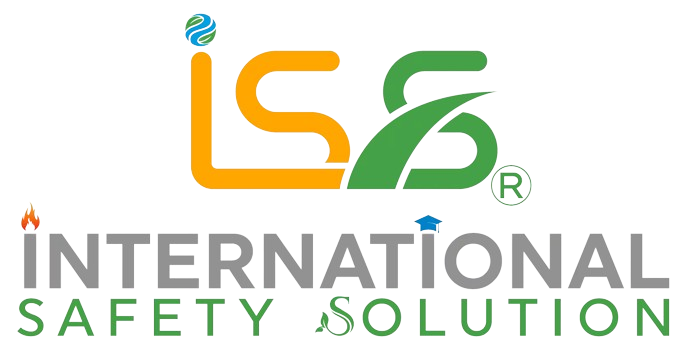Hazardous Area Classification in Oil and Gas Industry
Hazardous Area Classification in Oil and Gas Industry
I. Introduction
Overview of the purpose and importance of hazardous area classification in the oil and gas industry
Explanation of the potential hazards associated with flammable gases, vapors, and dusts in the industry
II. Hazardous Area Classification Standards
Description of the various standards used for hazardous area classification in the oil and gas industry, including the National Fire Protection Association (NFPA), the International Electrotechnical Commission (IEC), and the American Petroleum Institute (API)
Overview of the differences between the standards, and the factors that influence their selection
III. Hazardous Area Classification Process
Description of the steps involved in the hazardous area classification process, including hazard identification, determination of the extent of the hazardous area, and selection of appropriate equipment and measures
Overview of the importance of involving relevant personnel, such as process engineers, electrical engineers, and safety professionals, in the classification process
IV. Hazardous Area Zones
Description of the various hazardous area zones defined by the hazardous area classification standards, including Zone 0, Zone 1, and Zone 2 for flammable gases and vapors, and Zone 20, Zone 21, and Zone 22 for combustible dusts
Explanation of the differences between the zones, and the corresponding requirements for equipment and measures

V. Equipment and Measures for Hazardous Areas
Description of the various types of equipment and measures used in hazardous areas, including explosion-proof equipment, intrinsically safe equipment, and hazardous area lighting
Overview of the selection criteria for equipment and measures based on the hazardous area classification and the specific hazards present
VI. Conclusion
Recap of the key points covered in the hazardous area classification description
Emphasis on the importance of proper hazardous area classification and the selection of appropriate equipment and measures to ensure safety in the oil and gas industry

